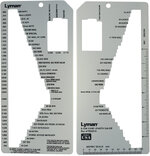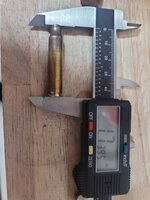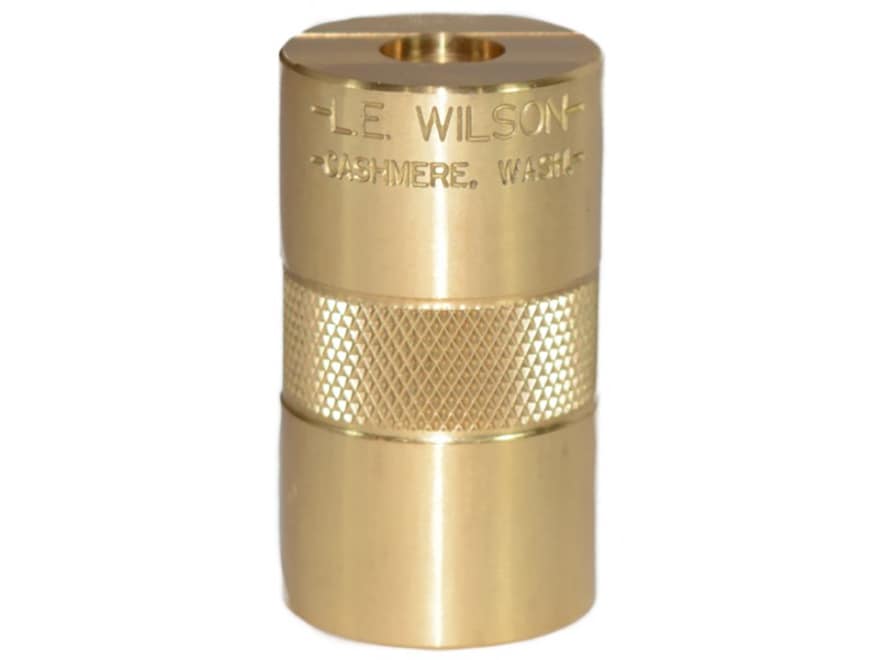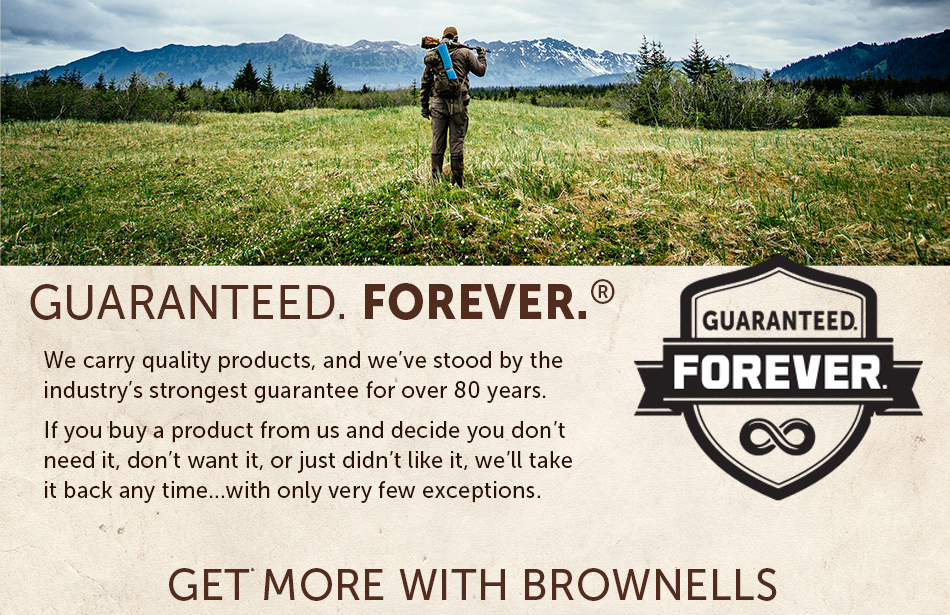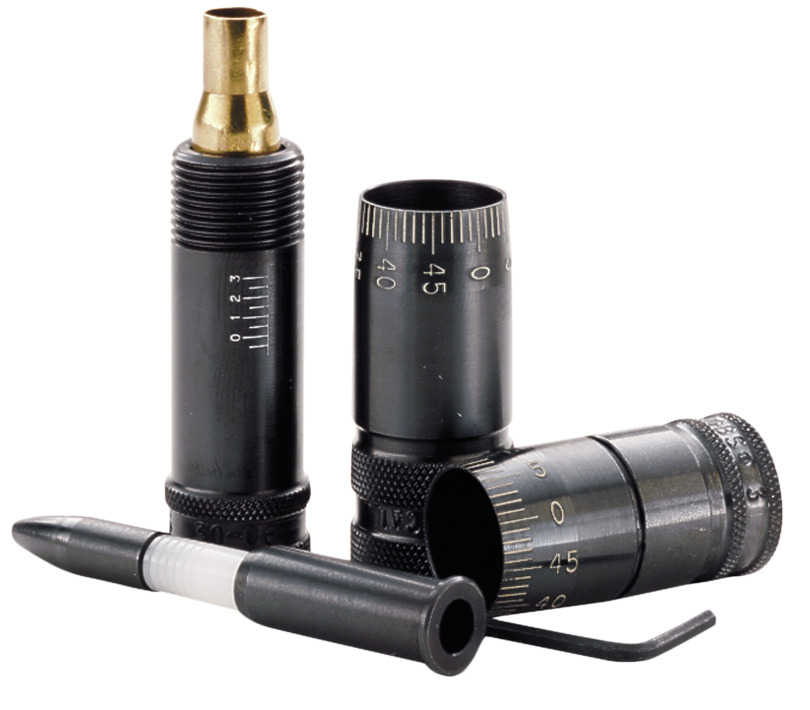Bronze Supporter
- Messages
- 601
- Reactions
- 1,129
First off, I've never reloaded 556 or any other rifle round so I'm very new to this. I've only reloaded 9mm on a single stage Lee press and have had decent results (about 3000 rounds), but still very green to reloading.
At what point in the reloading process do you trim your case? (Note: I am using Lee 3 die set)
Here is my process for 9mm....
Tumble to clean/shine
Deprime and size
Prime and expanding
Powder fill
Bullet seat and crimp
At what point in the reloading process do you trim your case? (Note: I am using Lee 3 die set)
Here is my process for 9mm....
Tumble to clean/shine
Deprime and size
Prime and expanding
Powder fill
Bullet seat and crimp






